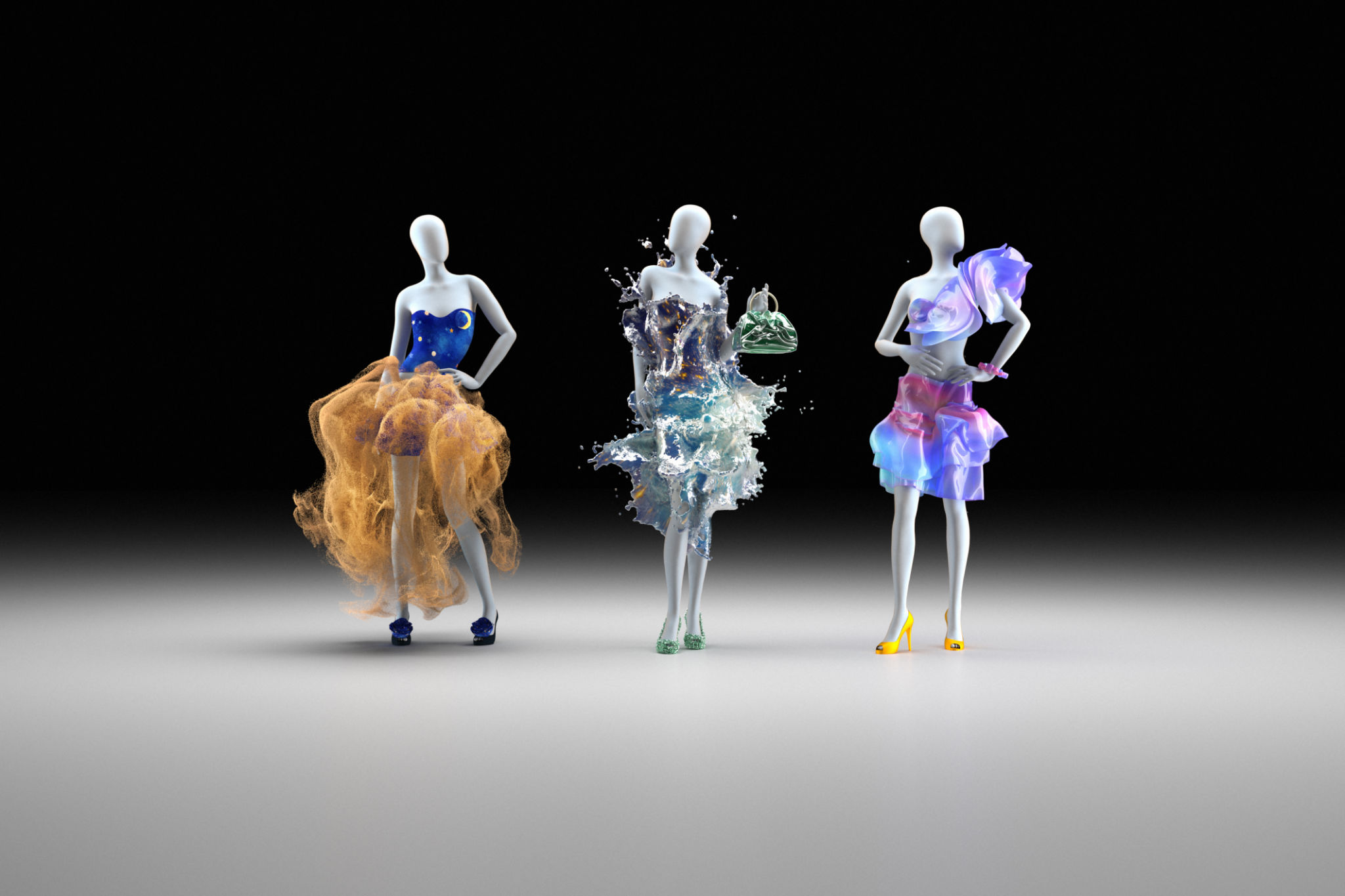The Future of Fashion: How Technology is Reshaping the Industry
Introduction: A Technological Revolution
The fashion industry has always been a dynamic and ever-evolving space, but in recent years, technology has accelerated this transformation at an unprecedented pace. From design to production, and even the way we shop, technology is reshaping every facet of the industry. As we look towards the future, it's clear that technological advancements will continue to redefine fashion in innovative ways.
With the rise of digital platforms and tools, fashion brands are now able to create more personalized and sustainable products. This shift not only caters to consumer demands for unique and eco-friendly options but also enhances the overall efficiency of the fashion production process.

Smart Textiles: The Next Frontier
Smart textiles are leading the charge in this technological revolution. These innovative fabrics are capable of interacting with their environment, offering functionalities that go beyond traditional clothing. From temperature regulation to biometric monitoring, smart textiles are paving the way for a new era of fashion.
One exciting development in this area is the integration of conductive fibers into garments. This allows for the creation of clothing that can charge devices or even track health metrics, offering consumers a blend of style and practicality. As research and development in this field continue, we can expect smart textiles to become more prevalent in everyday fashion.

3D Printing: Revolutionizing Design and Production
The advent of 3D printing technology has opened up a world of possibilities for fashion designers. By using this technology, designers can create intricate patterns and structures that were previously impossible with traditional manufacturing methods. This not only allows for greater creativity but also reduces material waste significantly.
Moreover, 3D printing enables rapid prototyping, allowing designers to quickly iterate and test their creations. This capability is particularly beneficial for small-scale designers looking to bring their concepts to life without the need for large production runs. As the technology becomes more accessible, it's likely to become a staple in the fashion design process.

Virtual Reality and Augmented Reality: Redefining Shopping Experiences
Virtual reality (VR) and augmented reality (AR) are transforming how consumers interact with fashion. These technologies provide immersive experiences that allow customers to try on clothes virtually, offering a realistic sense of fit and style without the need to visit a physical store.
Brands are increasingly adopting VR and AR to enhance customer engagement and satisfaction. By offering virtual fitting rooms and interactive shopping experiences, these technologies are bridging the gap between online and offline shopping, making it easier for consumers to make informed purchasing decisions.

Sustainability: Aided by Technology
As sustainability becomes a central focus for the fashion industry, technology plays a crucial role in driving eco-friendly practices. Innovations such as AI-driven supply chain management and blockchain for transparency are helping brands reduce their environmental impact.
AI can optimize production processes by predicting demand accurately, thus minimizing overproduction and waste. Meanwhile, blockchain technology provides transparency throughout the supply chain, allowing consumers to trace the origins of their garments and ensuring ethical practices are followed.
Conclusion: Embracing the Future
The future of fashion is undeniably intertwined with technological advancements. As we embrace these innovations, the industry will continue to evolve, offering new possibilities for creativity, sustainability, and consumer engagement. By staying at the forefront of these changes, fashion brands can ensure they meet the demands of a tech-savvy and environmentally conscious audience.
In this rapidly changing landscape, both established brands and emerging designers have the opportunity to leverage technology to create a more inclusive, sustainable, and exciting future for fashion. The journey ahead promises to be as stylish as it is groundbreaking.
